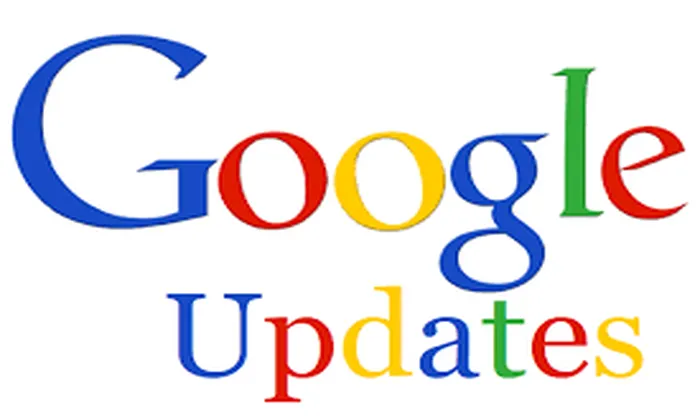Google has taken significant strides in enhancing accessibility for users, unveiling a range of updates and features designed to create a more inclusive digital environment. The tech juggernaut reiterates its commitment to ensuring that the world is accessible for the over one billion individuals with disabilities on the occasion of Global Accessibility Awareness Day (GAAD).
Through initiatives such as Chrome’s URL typo detection, Live Caption enhancements, improved wheelchair accessibility on Google Maps, and updates to the Lookout app, Google is driving forward the mission of digital access and inclusion.
Google’s recent accessibility initiatives are not just about technology upgrades, but about making a real impact on people’s lives. These enhancements emphasize Google’s relentless pursuit to build an ecosystem where technology serves as an enabling tool, making the digital world more accessible to everyone, including those with disabilities.
Table of Contents
Google Unveils 5 Key Accessibility Features

Chrome’s URL Typo Detection and Suggested Websites
In an effort to improve web browsing accessibility, Google Chrome introduces an innovative feature that detects and corrects URL typos in real time. This development aims to assist users with dyslexia, language learners, and individuals who frequently make spelling errors. By offering suggested websites based on corrected URLs, Chrome ensures that users can easily navigate to their intended destinations.
Initially available on Chrome’s desktop version, this feature will gradually roll out to mobile users in the coming months, extending accessibility benefits to a wider audience.
Live Caption Enhancements for Pixel and Android Devices
To cater to the needs of users with hearing impairments, Google introduces notable updates to its Live Caption feature. Users of the latest Pixel devices can now type responses during phone calls, allowing the typed text to be read aloud to the caller. This feature enables seamless communication and inclusion for individuals who rely on captions for real-time interaction. While initially available on the latest Pixel phones, Google plans to extend this functionality to older Pixel models and other Android devices. Furthermore, an optimized captions box on Android tablets and expanded Live Caption support for French, Italian, and German languages on the Pixel 4 and 5, as well as other Android devices, enhance accessibility for a diverse range of users.
Better Accessibility for People in Wheelchairs on Google Maps
Google has made substantial improvements to Google Maps to better accommodate people in wheelchairs, realising the value of equal access to information. Traditionally, users had to opt into the Accessible Places feature to view whether a location offered step-free entrances. The wheelchair-accessible indicator, however, is now noticeable to all users according to the most recent upgrade, giving important information at a look. By accessing the “About” tab and selecting “Edit features” on Android or “Update this place” on iOS, users can easily identify wheelchair-accessible locations, fostering greater independence and inclusivity.
Lookout App Updates for the Blind and Visually Impaired
Google continues its efforts to empower individuals with visual impairments through updates to the Lookout app. This app utilizes artificial intelligence to assist blind and visually impaired users in their daily tasks. The latest addition, the “image question and answer” feature, harnesses advanced visual language models developed by Google DeepMind. With this functionality, Lookout can now process and generate descriptions of images, even in the absence of captions or alt text. Users can inquire further about the images, and the app will utilize its advanced visual language model to provide relevant answers. Despite being in closed beta testing right now, this function will soon be accessible to a larger user base, revolutionising how blind and visually impaired people engage with the visual world.
Google’s commitment to accessibility shines through its recent updates and feature introductions. By leveraging technology to break barriers and foster inclusivity, the company reinforces its dedication to creating a more accessible digital landscape. The introduction of Chrome’s URL typo detection, Live Caption enhancements, improved wheelchair accessibility on Google Maps, and updates to the Lookout app exemplify Google’s mission to empower individuals with disabilities and ensure equal access to information and opportunities. As these accessibility initiatives continue to evolve, Google drives positive change, making technology a catalyst for a more inclusive and equitable society.